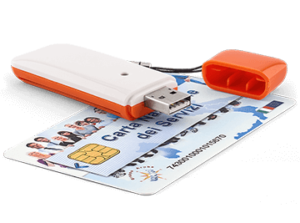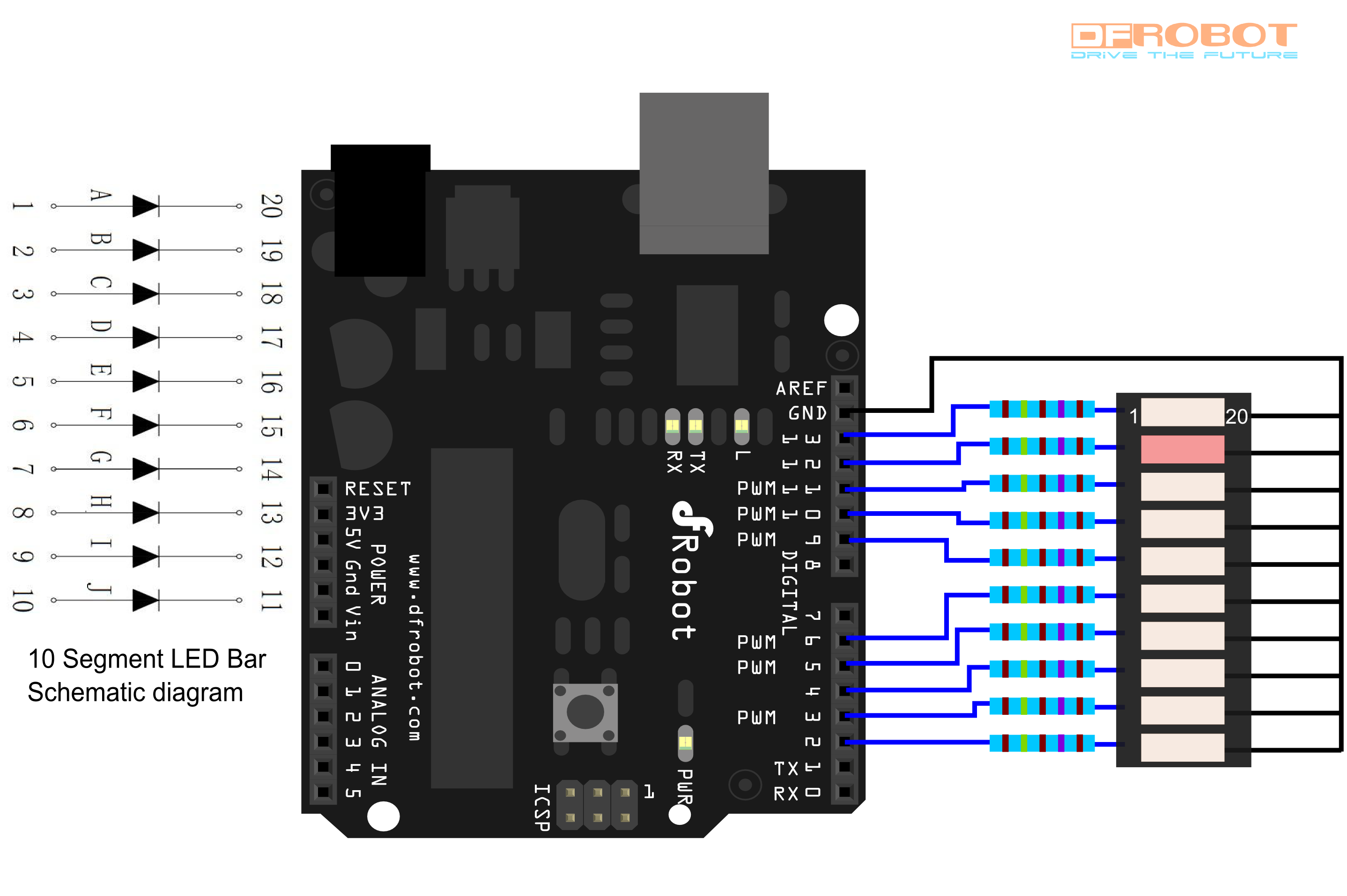
Premessa: questi LED a barre a 10 segmenti hanno molti usi: con un ingombro ridotto e un semplice collegamento. Essenzialmente, sono 10 LED rossi individuali alloggiati insieme.
CARATTERISTICHE TECNICHE
- Forward Current (Per Segment): 25mA
- Max Reverse Voltage: 5v
- 10 segment bar
- Color: Super Bright Red
- Industrial standard size
- Low power consumption
- Categorized for luminous intensity
LISTA MATERIALI
-
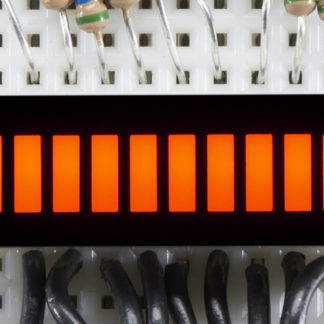 10 Segment Light Bar Graph LED Display – Amber€2.78
10 Segment Light Bar Graph LED Display – Amber€2.78 -
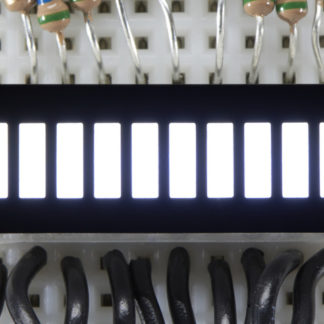 10 Segment Light Bar Graph LED Display – White€4.68
10 Segment Light Bar Graph LED Display – White€4.68 -
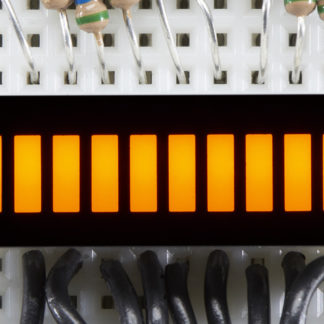 10 Segment Light Bar Graph LED Display – Yellow€2.78
10 Segment Light Bar Graph LED Display – Yellow€2.78 -
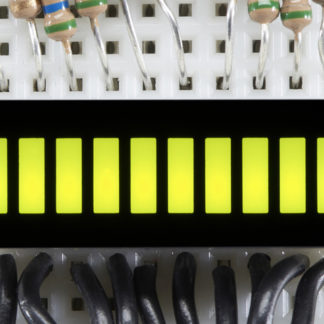 10 Segment Light Bar Graph LED Display – Yellow-Green€2.78
10 Segment Light Bar Graph LED Display – Yellow-Green€2.78 -
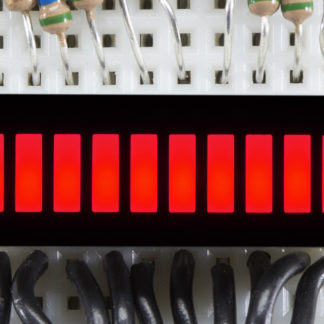 10 Segment Light Bar Graph LED Display – Red€2.78
10 Segment Light Bar Graph LED Display – Red€2.78 -
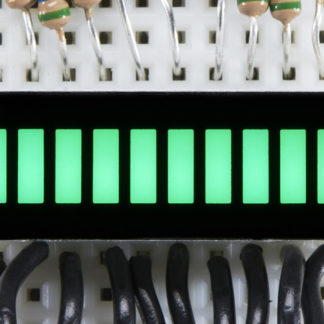 10 Segment Light Bar Graph LED Display – Pure Green€3.09
10 Segment Light Bar Graph LED Display – Pure Green€3.09 -
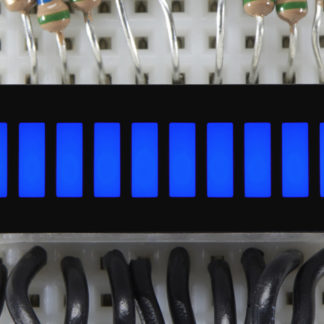 10 Segment Light Bar Graph LED Display – Blue€3.09
10 Segment Light Bar Graph LED Display – Blue€3.09 -
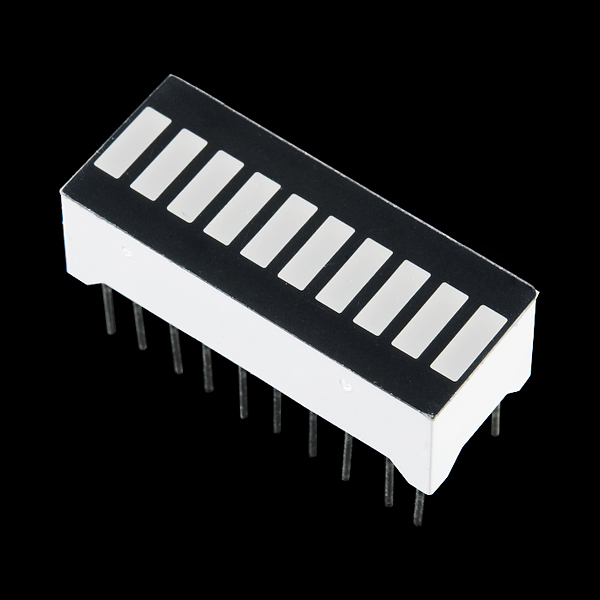 10 Segment LED Bar Graph – Red€3.25
10 Segment LED Bar Graph – Red€3.25 -
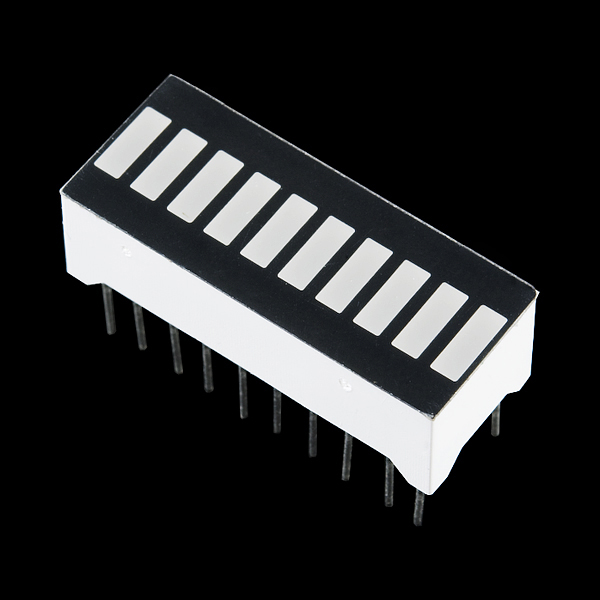 10 Segment LED Bar Graph – Yellow€3.25
10 Segment LED Bar Graph – Yellow€3.25 -
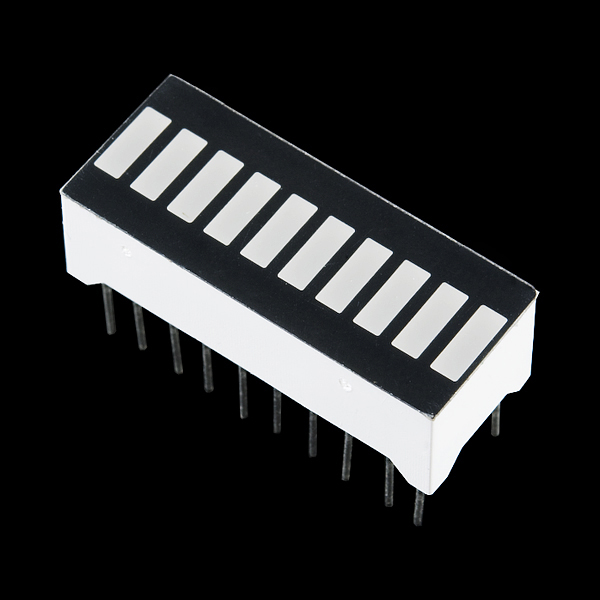 10 Segment LED Bar Graph – Blue€3.25
10 Segment LED Bar Graph – Blue€3.25 -
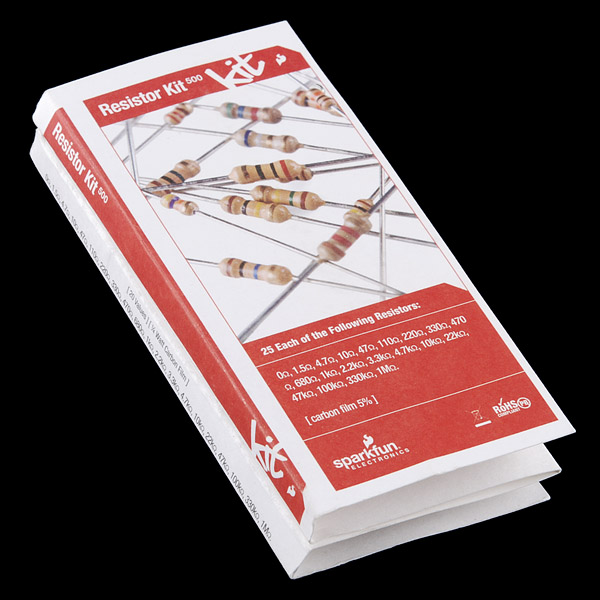 Resistor Kit – 1/4W (500 total)€12.61
Resistor Kit – 1/4W (500 total)€12.61
SCHEMA DI COLLEGAMENTO
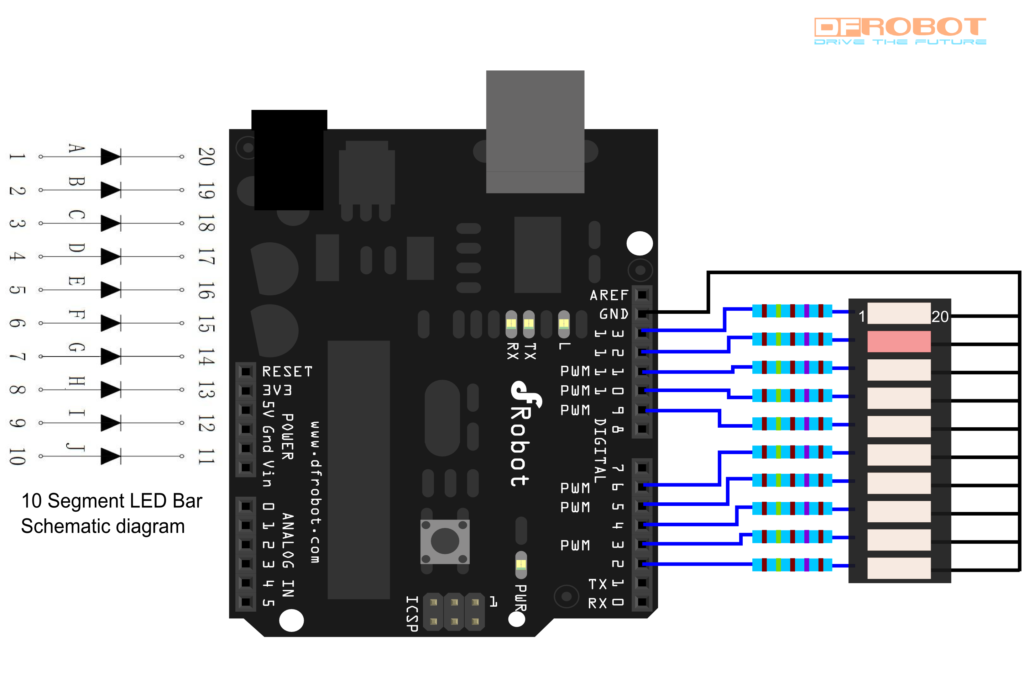
Si noti che lo schema di collegamento mostra i pin collegati in ordine inverso per motivi di chiarezza. Quando si esegue il codice di esempio incluso qui, è possibile notare una sequenza di ordine inverso. Se si desidera collegare i LED nell’ordine corretto, è necessario cablare: Arduino D2 a PIN1 Arduino D3 a PIN2 Arduino D4 a PIN3 Arduino D5 a PIN4 e così via …
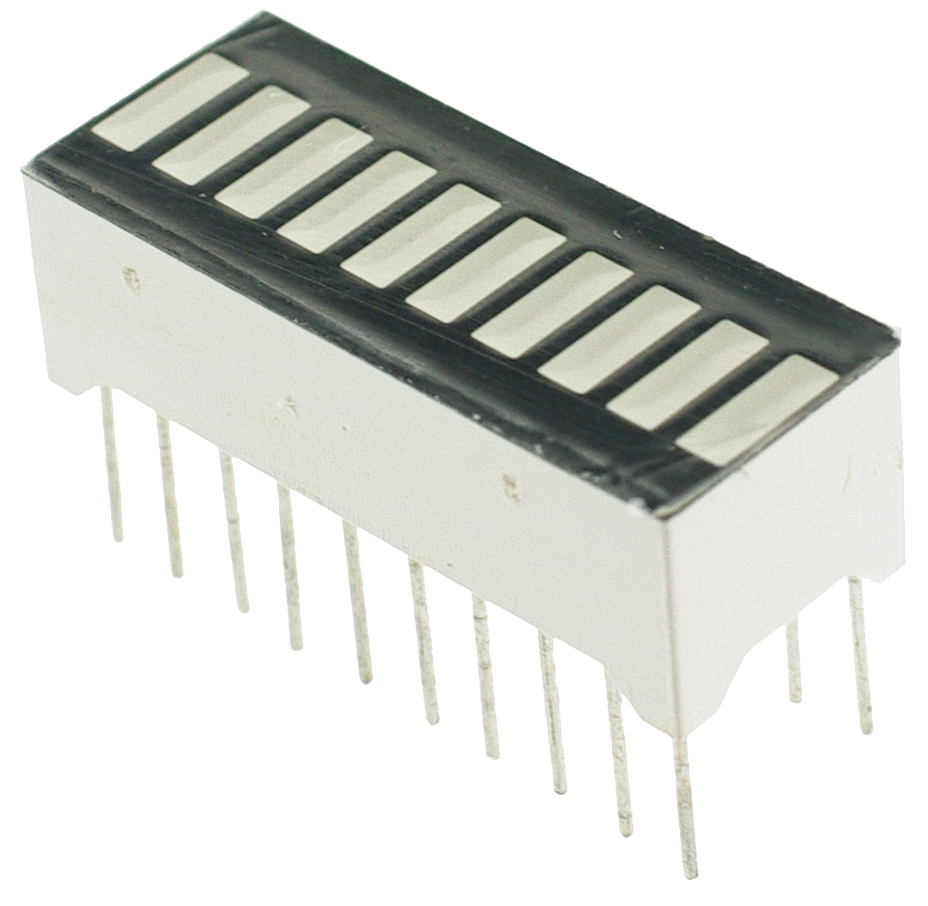
In alternativa, è possibile modificare il codice di esempio per operare nell’ordine previsto.
CODICE DI ESEMPIO
// # Description:
// # The sketch for using the 10 Segment LED Bar Graph with prototype shield
// # Connection:
// # LED Bar positive pins -- Arduino digital pins through a 1K resistor
// # LED Bar negative pins -- GND
const int ledPin[10] = {
2,3,4,5,6,9,10,11,12,13}; // the number of the LED pins
int ledState = 0;
void setup() {
Serial.begin(9600);
// set the digital pin as output:
for(int i = 0; i < 10 ;i ){
pinMode(ledPin[i], OUTPUT);
digitalWrite(ledPin[i], LOW);
}
ledState = 1;
display(ledState);
delay(100);
}
void loop()
{
for(int i = 0; i < 9; i ){
ledState = ledState << 1;
display(ledState);
delay(50);
Serial.println(ledState,BIN);
}
for(int i = 9; i > 0; i--){
ledState = ledState >> 1;
display(ledState);
delay(50);
Serial.println(ledState,BIN);
}
}
void display(int sat){
for(int i = 0; i < 10 ;i ){
digitalWrite(ledPin[i],bitRead(ledState,i));
}
}Buon Progetto.

